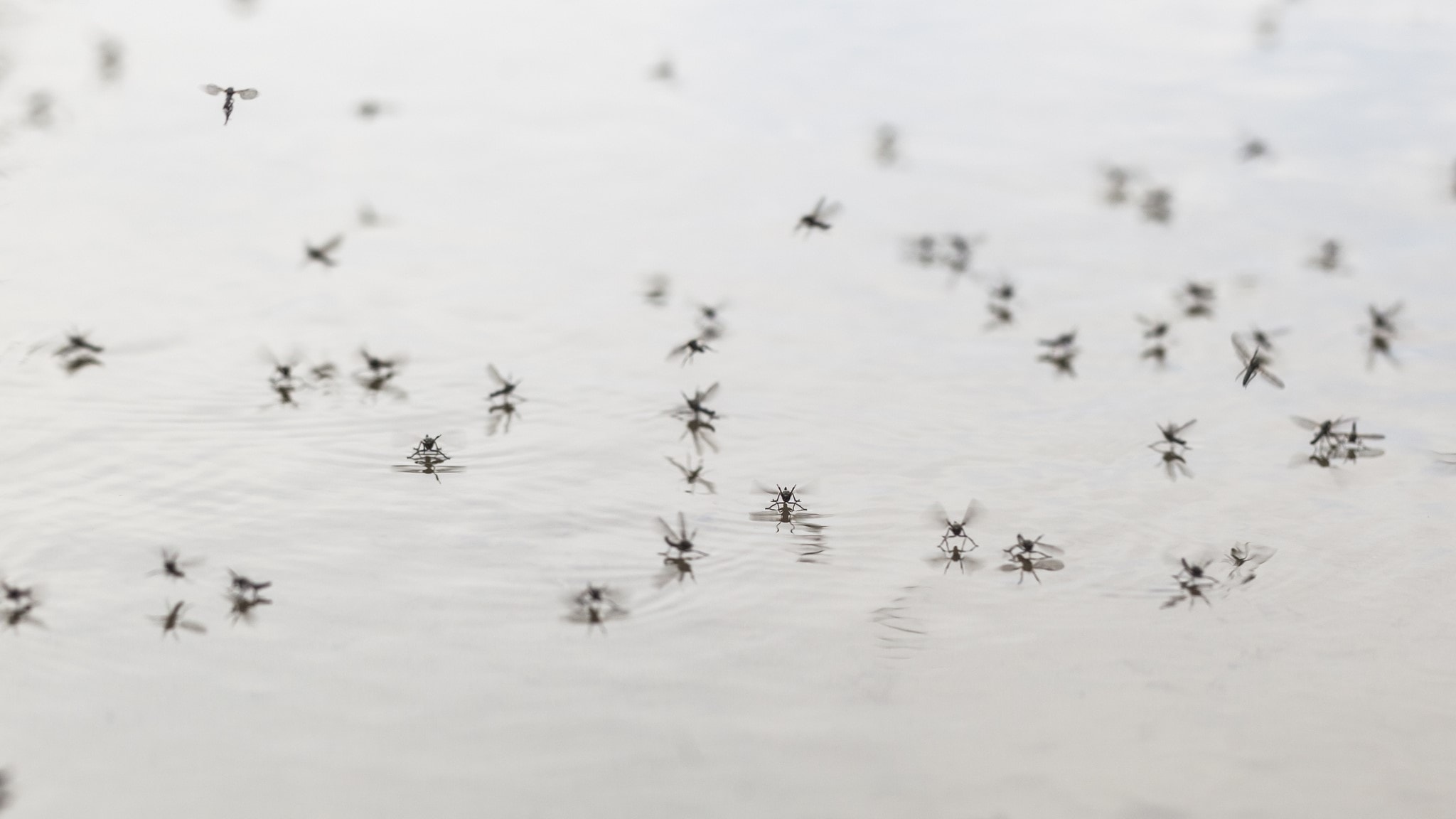Key points
- Jamestown Canyon virus disease is caused by a virus in the genus Orthobunyavirus.
- Jamestown Canyon virus is maintained in the environment by several mosquito species and deer or other ungulates.
- Humans infected with the virus do not have high enough levels of virus in their blood to infect mosquitoes and are considered dead-end hosts.

Virus
Jamestown Canyon virus is a California serogroup virus, in the genus Orthobunyavirus, family Peribunyaviridae.
Members of the family Peribunyaviridae have three segments of negative-sense, single-stranded RNA. The virus particles are spherical or oval, enveloped, and are 90-100 nanometers in diameter.
Other California serogroup viruses found in the United States include California encephalitis virus, La Crosse virus, Snowshoe hare virus, and Trivittatus virus.
Transmission
Jamestown Canyon virus is spread to people through the bite of an infected mosquito. Jamestown Canyon virus can be spread by many types of mosquitoes, depending on location and time of year.
Mosquitoes become infected when they feed on deer and other animals that have the virus in their blood (also referred to as amplifying hosts or natural reservoirs). Infected mosquitoes can then spread the virus to people and other animals by biting them. People do not develop high enough levels of the virus in their blood to infect mosquitoes and further spread the disease. As a result, people are considered "dead-end" hosts for Jamestown Canyon virus.

Jamestown Canyon virus is not spread by coughing, sneezing, touching, or other contact with someone who is infected.
Prevent getting sick with Jamestown Canyon virus by preventing mosquito bites.
